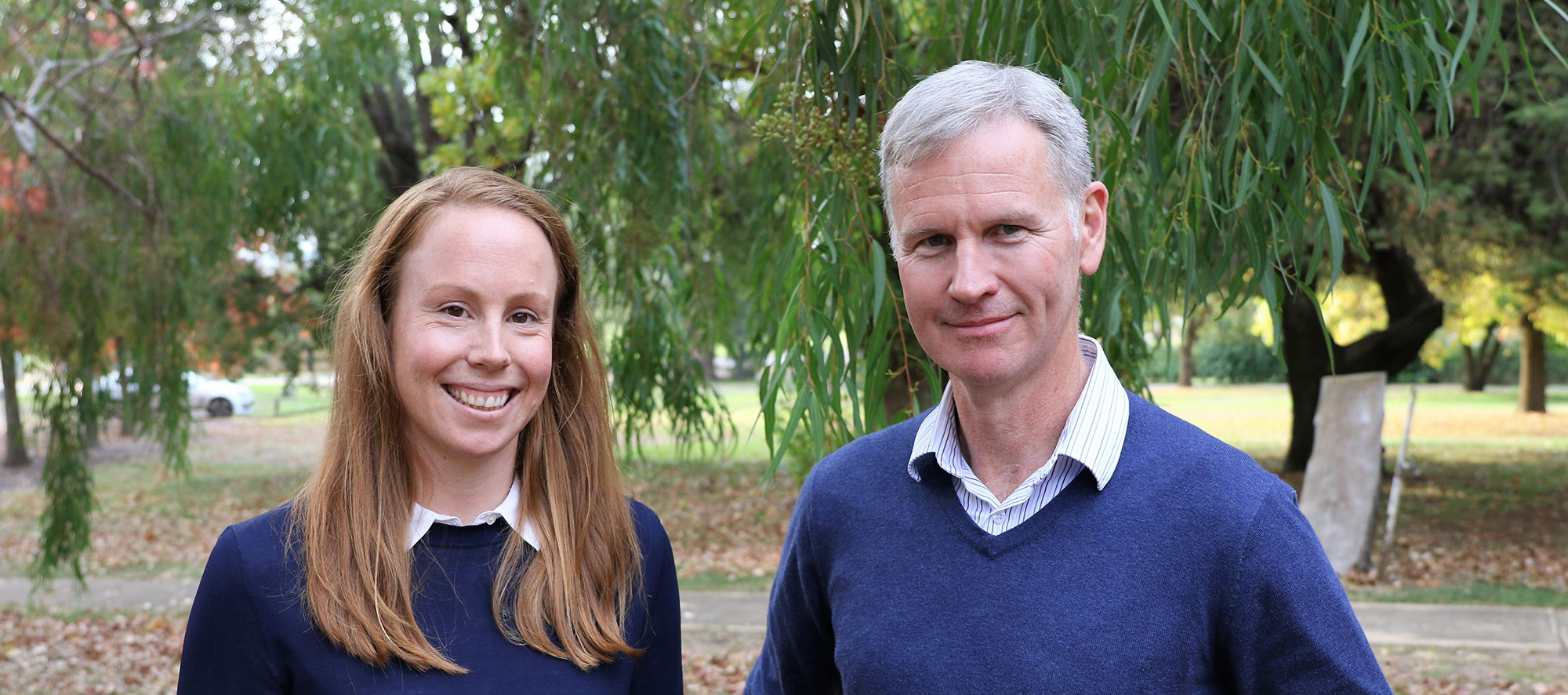Having met 150 of these young leaders in recent months, it’s safe to say they’re up to the challenge. In fact, I’ve been blown away by the enormous talent and enthusiasm of Australia’s next generation of agricultural leaders.
RIRDC’s reason for meeting with them was to discuss the issues and challenges they’re facing and discover what support they need to succeed; however, almost to a fault, we found these young people are just getting on with the job.
Whether they are part of a farming enterprise, researchers, entrepreneurs, business owners, working in the supply chain or providing services to agriculture these young people share a ‘can-do’ attitude and a steely determination to succeed.
We also discovered that they are learning and networking differently. They aren’t joining traditional farmer organisations or reading traditional publications and media.
They’re getting their information, networking with each other and sharing knowledge via social media. But interestingly, they realise that in order to flourish professionally they need to be better connected; not just online and not just to each other but to people from other industries and countries with useful skills and experience. Real collaboration and the ability to be a part of a supportive innovation ecosystem was considered a critical ingredient that could lead to risk taking and innovation.
Technology doesn’t just influence their information consumption and the way they connect with others in their industry, it’s also creating an increasingly complex industry and workplace environment for these young people to become leaders – which is both an opportunity and a threat.
There was real excitement in the group about how on-farm decision making is being augmented by information from digital technology such as sensors, drones and robots. Plus the efficiency potential of autonomous vehicles, smart irrigation systems, 3D printing and more was an exciting prospect for this next generation of leaders.
Darrin Lee, a grazier and avid fisherman from Mingenew in Western Australia, brought this potential to life when he told us about how he uses low-bandwidth sensors to monitor water trough levels from his fishing boat and can then turn on a pump with a click on his phone.
There was also a lot of excitement from young leaders in the cotton industry about emerging technologies that make it possible to automate and remotely manage irrigation on their farms. New ‘smart syphon’ or ‘smart irrigation’ systems are being trialled extensively in Northern NSW and in Victoria companies like Rubicon Water are leading the way with inventions like the Smart Furrow Automation Irrigation Solution. What was once a dream has become a reality, with these growers now able to control the irrigation on their entire property from their laptop or smartphone.










